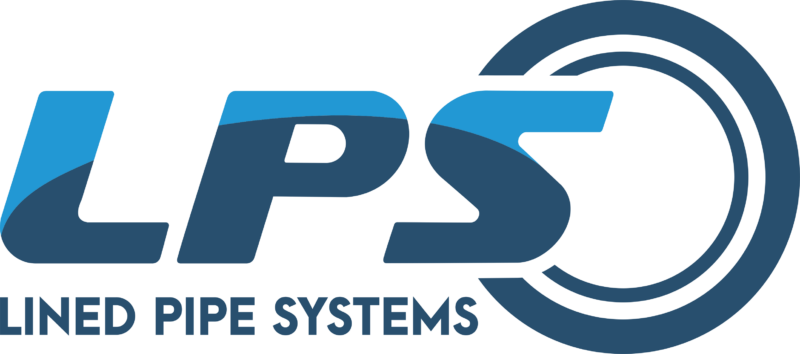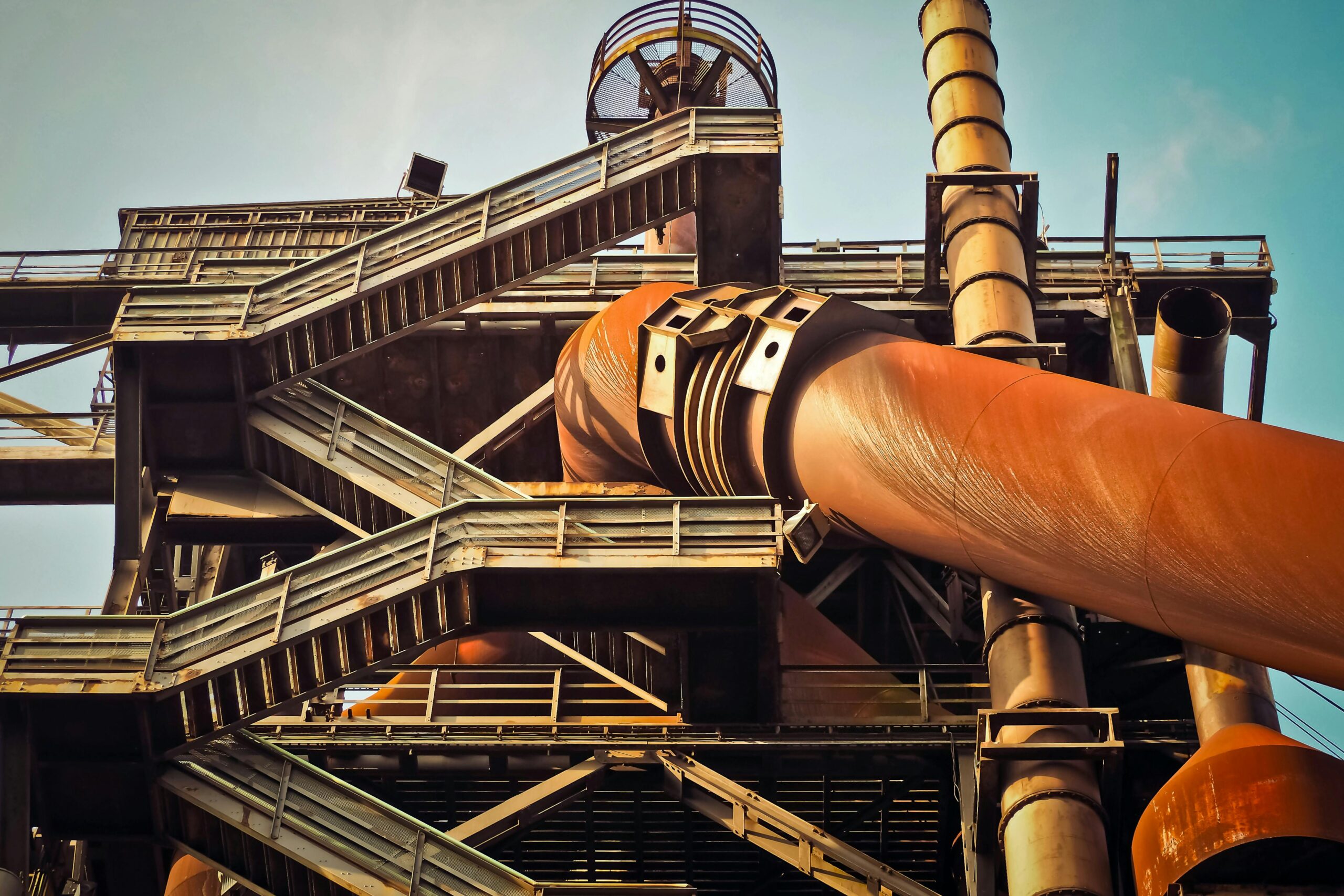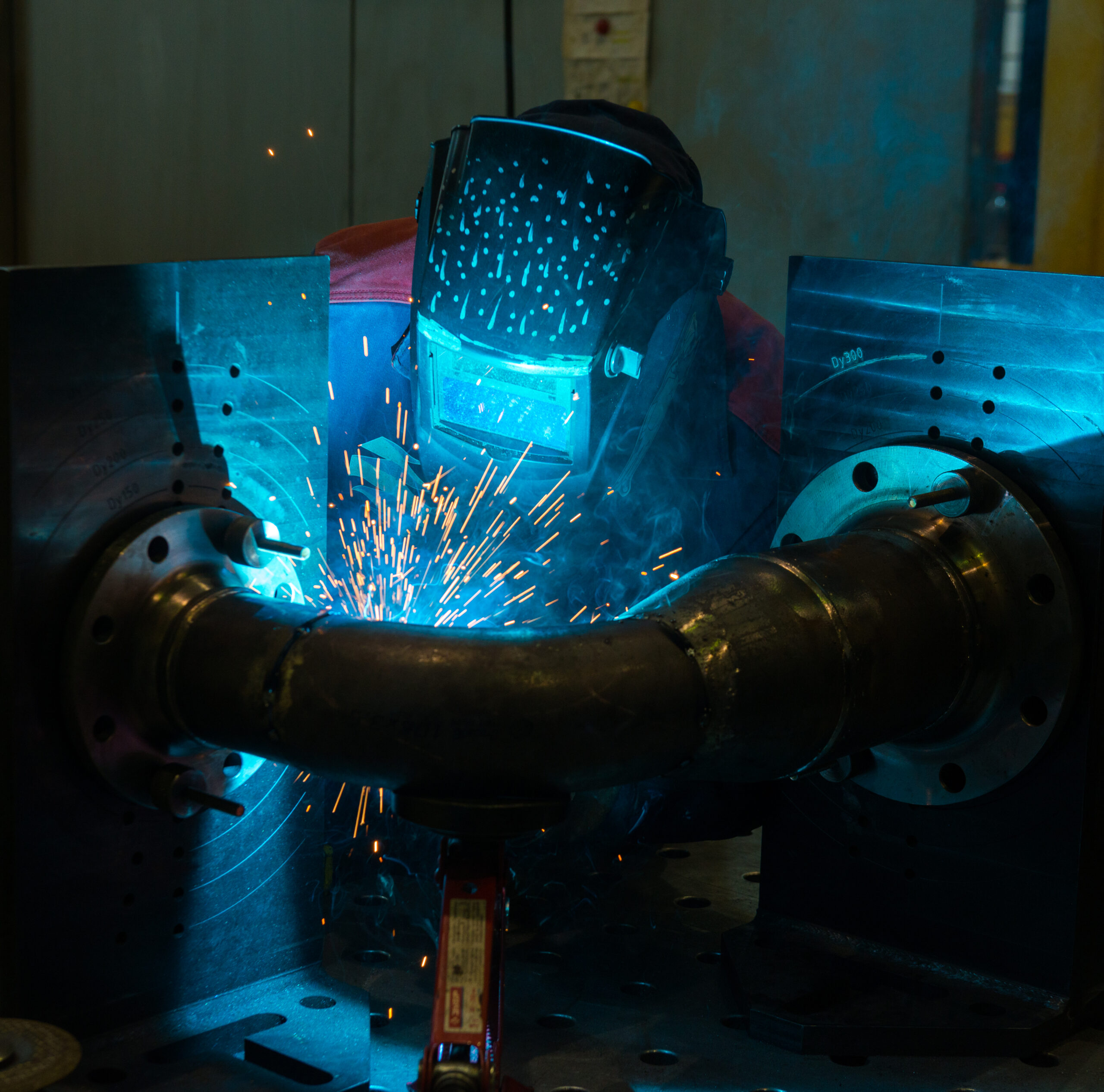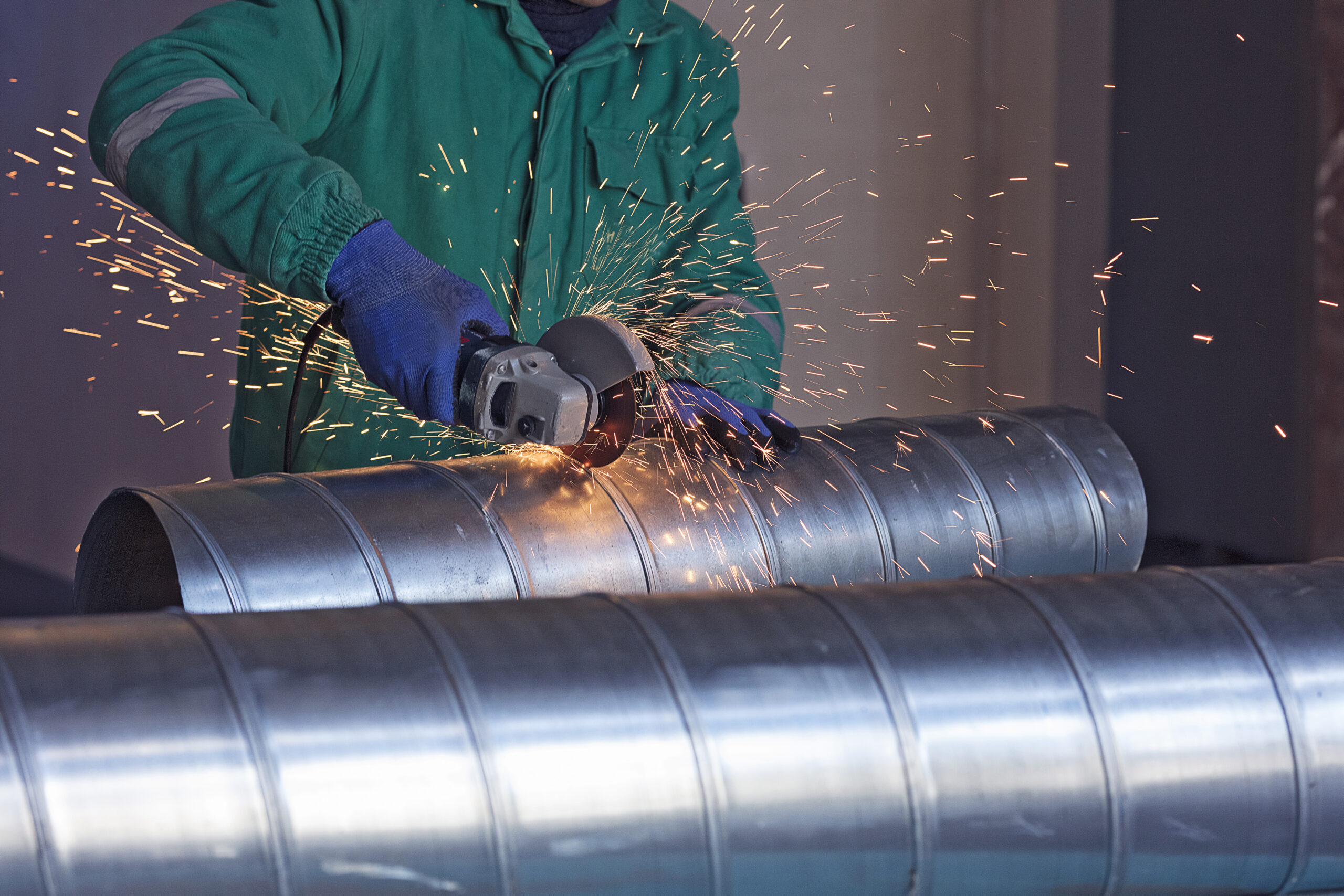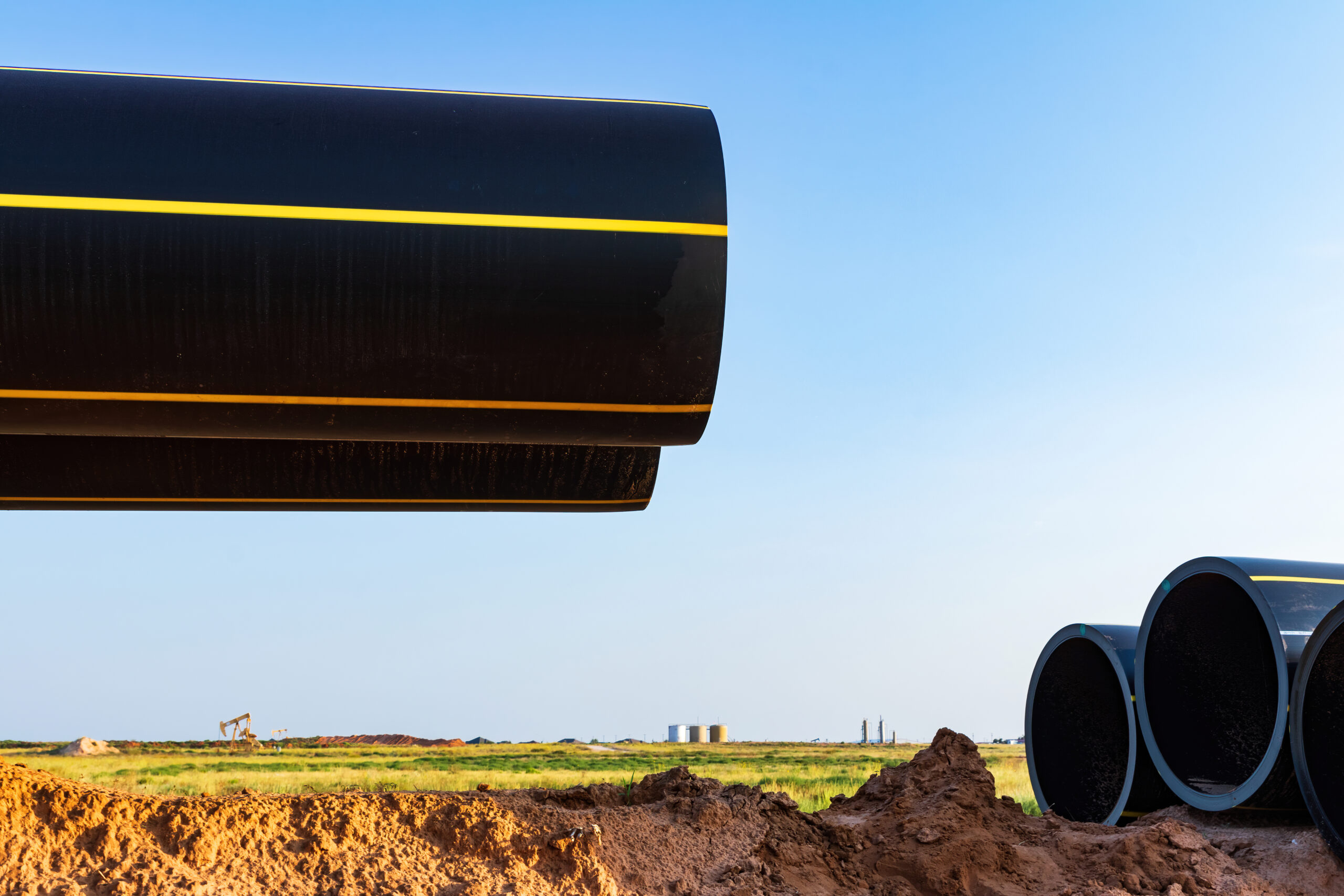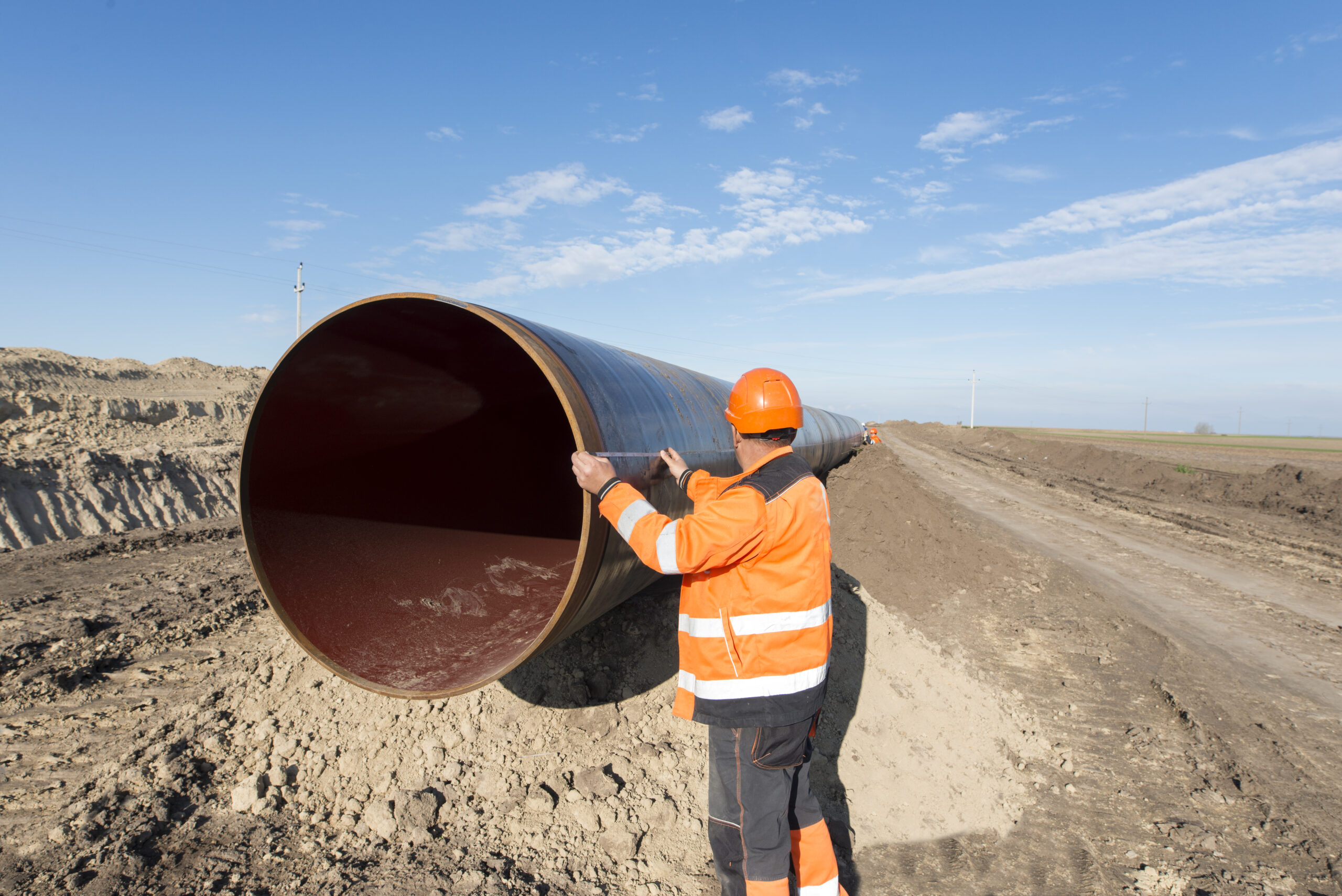A burst pipe in your home can be one of the most stressful and damaging situations. Water damage can ruin your property, lead to expensive repairs, and result in health hazards like mold growth. The key to minimizing damage lies in how quickly and effectively you clean up after the incident. This guide walks you through everything you need to know about burst pipe cleanup, from prevention to restoration.
What Causes a Burst Pipe?
Understanding the root causes of burst pipes is essential for preventing future issues. Burst pipes are often caused by:
- Freezing Temperatures: When water inside pipes freezes, it expands, putting pressure on the pipe until it ruptures.
- Aging Plumbing Systems: Older pipes may become weakened over time, making them more likely to burst.
- Blockages in the Pipe: Clogs can increase pressure in pipes, causing them to burst.
Tip: Regularly inspect your plumbing to identify weak spots or signs of wear that could lead to burst pipes.
Why Prompt Cleanup is Crucial
Water damage can begin in minutes after a pipe bursts. The quicker you clean up the affected area, the less damage you’ll incur. Prompt action also prevents the growth of mold and mildew, which can pose serious health risks.
Step-by-Step Guide to Burst Pipe Cleanup
Here’s your step-by-step guide to minimizing water damage after a burst pipe:
1. Stay Safe: Turn Off Water and Electricity
- Turn off the main water supply: This prevents more water from flooding your home.
- Switch off electricity: Water and electricity are a dangerous combination. Turn off the power in the affected area to avoid electrical hazards.
2. Contain the Water
- Use towels or absorbent materials to contain the water and prevent it from spreading to other areas of your home.
- Close doors in the affected room to limit the water’s reach.
3. Remove Items from the Affected Area
- Quickly move furniture, electronics, and other valuables away from the water to prevent further damage.
4. Begin Drying the Area
- Soak up the water: Use mops, towels, or a wet/dry vacuum to absorb the water.
- Promote airflow: Open windows and use fans or dehumidifiers to dry the area faster.
- Remove soaked carpets and rugs: Hang them up to dry or call a professional carpet cleaning service for restoration.
Key Tools and Equipment for Burst Pipe Cleanup
To effectively manage the cleanup, you’ll need the right tools. Here’s a list of essential items:
- Wet/Dry Vacuum: For quickly sucking up excess water.
- Dehumidifiers: To reduce moisture levels and prevent mold growth.
- Fans: To circulate air and accelerate drying.
- Protective Gloves and Gear: To keep yourself safe from contaminants.
- Mops and Towels: For soaking up water from floors.
When to Call a Professional for Burst Pipe Cleanup
If the damage is extensive or if you can’t locate the source of the burst pipe, calling a professional is crucial. Water damage restoration companies are equipped with advanced tools for faster drying, mold remediation, and comprehensive restoration.
Why Call a Professional?
- Expertise in handling large-scale water damage
- Access to advanced drying equipment
- Restoration of water-damaged walls, floors, and ceilings
How to Protect Your Home During Cleanup
Protecting your home and belongings during the cleanup process is just as important as the cleanup itself.
- Protect Furniture and Floors: Use plastic sheeting or furniture covers to shield your items from further water damage.
- Avoid Walking on Wet Floors: This prevents more damage and the spread of contaminants.
Quick Tips for Managing Water Damage
- Work from top to bottom: Begin drying ceilings and walls before focusing on the floors to prevent water from dripping onto previously dry areas.
- Avoid using electrical outlets or switches in the affected area until it’s completely dry.
- Act quickly: The sooner you start cleaning up, the less damage you’ll have to deal with.
Filing an Insurance Claim After Burst Pipe Cleanup
Once you’ve managed the immediate cleanup, it’s time to think about filing an insurance claim. Here’s how:
How to File a Claim
- Contact your insurance company immediately.
- Take photos of the damage and document affected areas and belongings.
Does Insurance Cover Burst Pipe Cleanup?
In many cases, homeowner’s insurance covers water damage caused by a burst pipe. However, coverage may vary depending on your policy. Some policies cover structural repairs, while others may also cover replacing damaged items and the cost of cleanup.
Preventing Future Burst Pipes and Damage
Preventing future burst pipes is the best way to protect your home from water damage. Here are some preventative measures:
- Regular Pipe Inspections: Have a professional inspect your pipes annually for signs of wear or damage.
- Winterizing Pipes: Insulate pipes, especially those in colder areas, to prevent them from freezing in winter.
- Maintain Proper Water Pressure: High water pressure can strain your pipes, causing them to crack and burst.
Conclusion: Effective Burst Pipe Cleanup and Prevention
A burst pipe can be overwhelming, but with the right steps, you can minimize damage and restore your home quickly. Follow these tips for immediate cleanup and take preventative measures to avoid future issues. If the damage is too severe, don’t hesitate to reach out to a professional water damage restoration service.
Call to Action:
If you’re facing water damage from a burst pipe, contact our experts at LinedPipeSystem for fast and efficient restoration. Protect your home and prevent further damage today!
